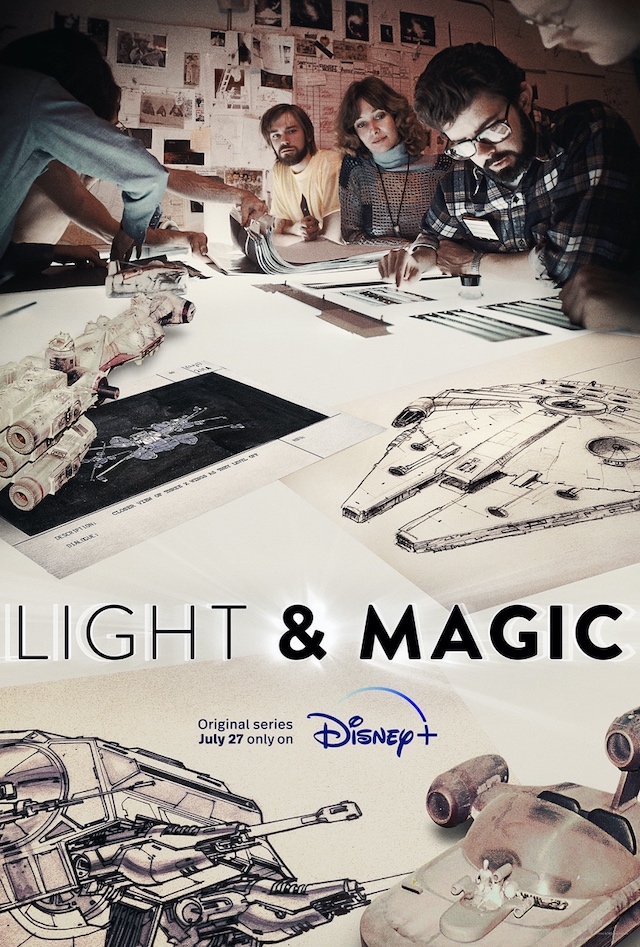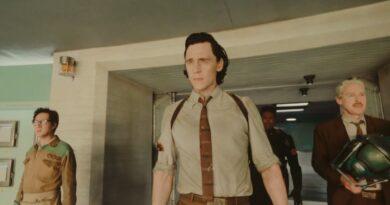
Light and Magic Documentary Review
Article by Kieran Burt
Light and Magic, a six part documentary exploring Industrial Light and Magic (ILM), the special effects company that George Lucas created, has debuted on Disney+, and it is most illuminating. While there are areas that didn’t quite work, the documentary overall gives a fascinating insight into not just the creation of Star Wars, but many of the biggest films and franchises.
The first three episodes explain the magic behind Star Wars, and, while they are certainly interesting and do provide new bits of information, this has received a lot of attention in the past. The first episode in particular is the weakest, as it’s bogged down in giving origin stories to all the main players at ILM. While certainly necessary, the audience can be overwhelmed by this.
But that isn’t to say the episodes should be skipped. Once the origin stories are done, the documentary settles into an enjoyable rhythm, with the chosen music perfectly adding to this feeling. It shows that once the initial stress of the original Star Wars had been overcome, ILM became a well oiled machine, capable of anything.
Another important aspect is the sense of family that the documentary shows (and often reminds) the audience. ILM isn’t just another soulless company, grinding down its workers, but a place of fun. Lucas let the artists have near total freedom, and it shows in how hard everyone at the company played. Though it’s the work hard play hard ethic that creates the best work, and ILM’s filmography is testament to that.
The last three episodes take their focus away from Star Wars, and they benefit hugely from that. It explains why George Lucas opened up the company to other films, which includes the heartwarming sentiment of wanting to keep the people he had found and this family he had created together. And this decision turned out to be great, as it helped push technology forward than just doing Star Wars
Computer graphics is the main focus for the last three episodes, especially episode five. This type of technology revolutionised the film industry, more so than Star Wars arguably. This is where the audiences learn the most, such as where PIXAR originated from and the types of techniques used to create amazing effects.
One element that is shown above all is the effect this can have on people. Star Wars was done with models, necessitating a large modelling team. But the introduction of computer graphics meant that the modelling team could be downsized. This had disastrous effects on some people who worked in the department, watching their jobs being innovated out of existence before their eyes. Creative destruction is overlooked in documentaries explaining revolutionary innovation, so it’s great that it receives plenty of attention.
The final episode is frustrating. The first half of the episode picks up on explaining the effects behind Jurassic Park, but the second half is where the problems start. It features a whistle stop tour of films from the late 90s to the modern day, but doesn’t go into anywhere near the same amount of depth that the prior films received. This is a real shame, as there certainly was enough material to do more episodes to explain this era of ILM.
Overall, this documentary is a worthwhile watch to any film fan, not just of Star Wars. Above all, this documentary highlights the work that George Lucas and ILM have done beyond Star Wars, which is what most people forget. George Lucas and ILM aren’t just the guys who did Star Wars, they’re the guys that created the modern film industry as the audience knows it.



